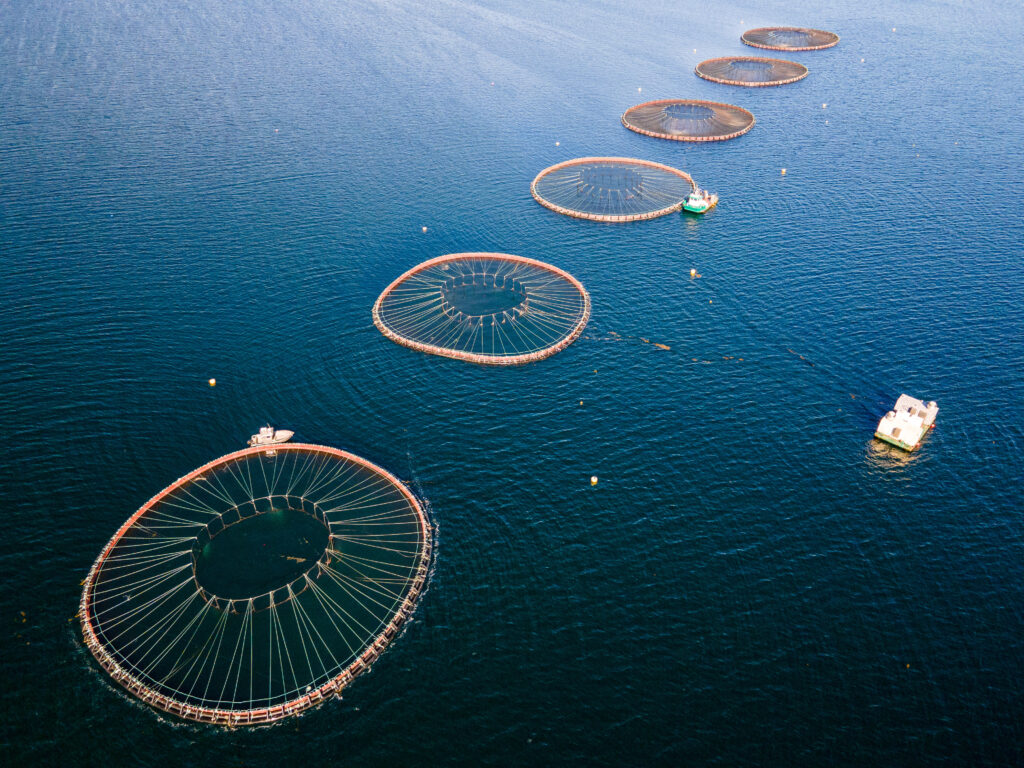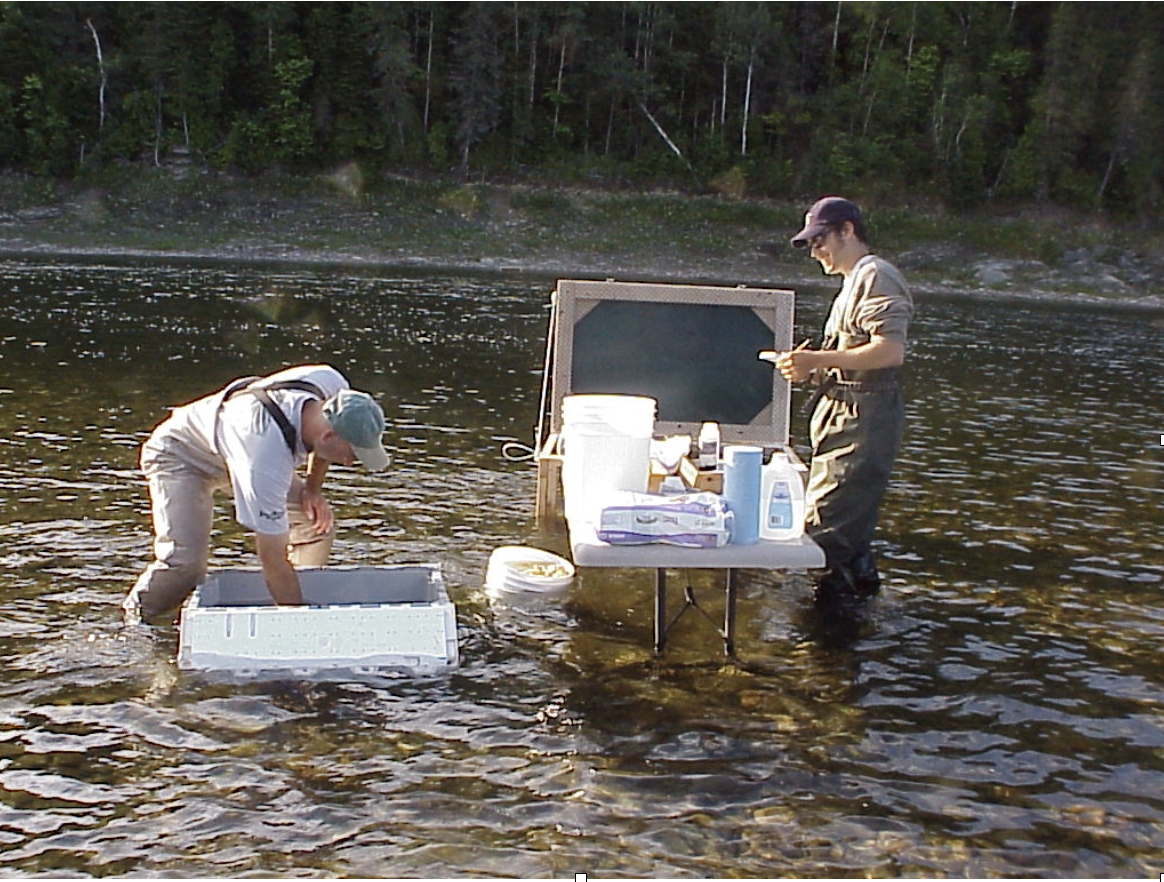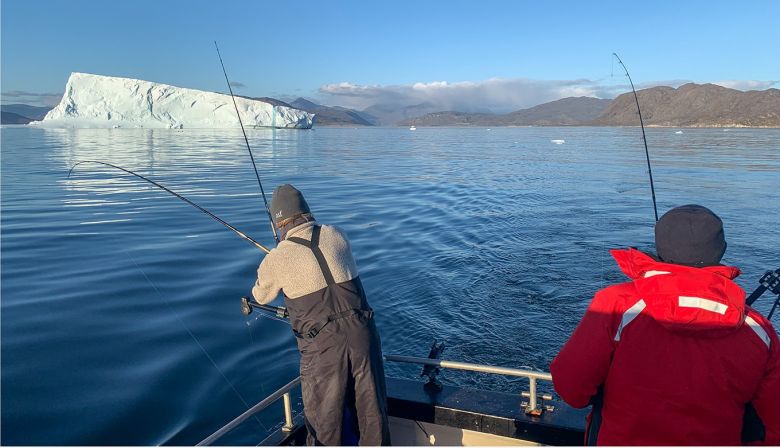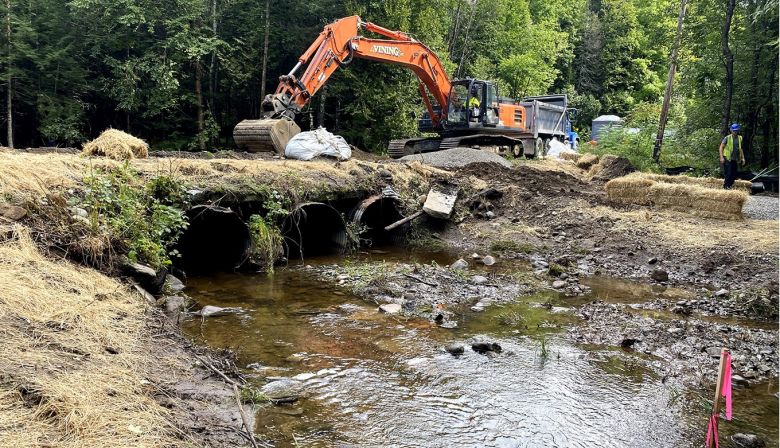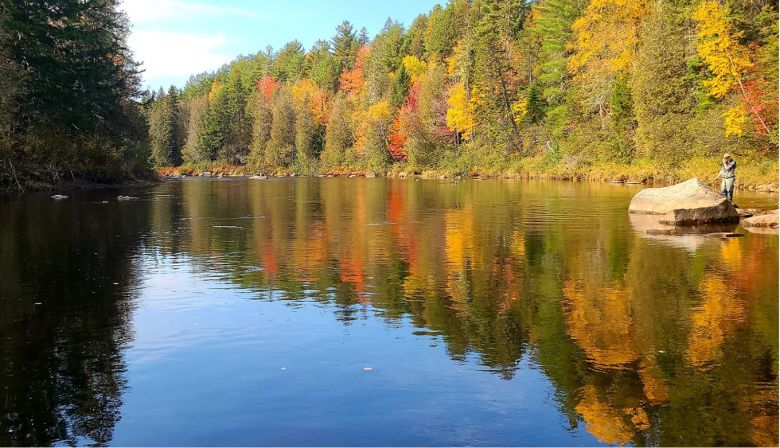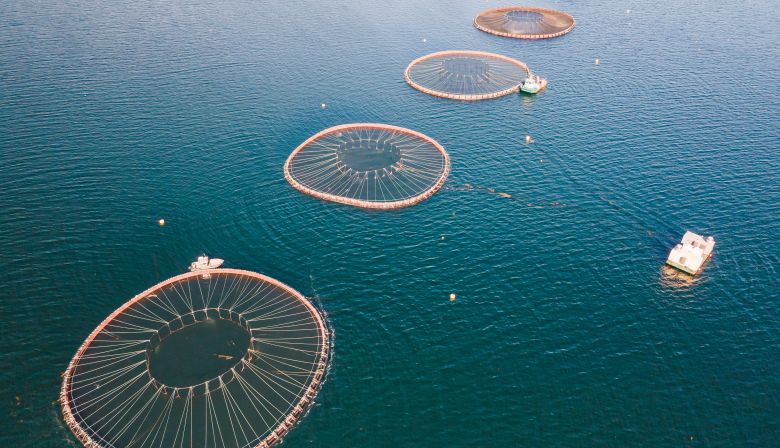
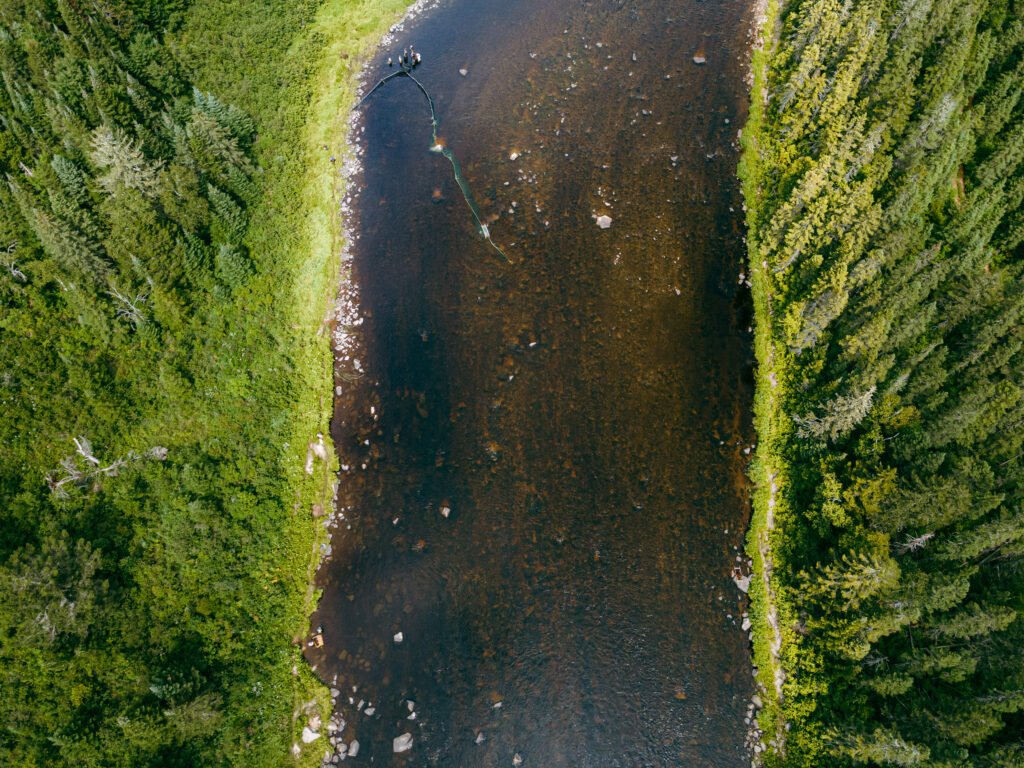


Support Us
If you want to leap like salmon, there are ways you can do that! You can support us by subscribing, becoming a member, or donating.
We are waiting for YOU!
We're here to help you keep Newfoundland & Labrador wild!
Learn more about ASF's work and get the latest river reports from around the Atlantic Salmon world by subscribing to Rivernotes today. New subscribers will have their name entered to win a Sage rod and reel combo. Watch our social media for a live draw on May 15th!
You have Successfully Subscribed!
We're here to help you keep Newfoundland & Labrador wild!
Learn more about ASF's work and get the latest river reports from around the Atlantic Salmon world by subscribing to Rivernotes today. New subscribers will have their name entered to win a Sage rod and reel combo. Watch our social media for a live draw on May 15th!









